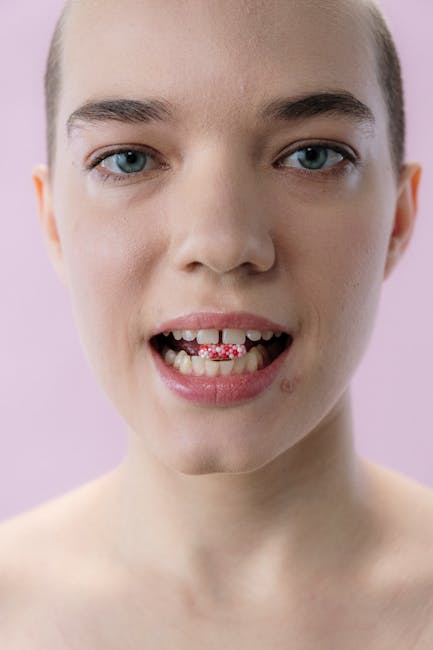What is Charcot-Marie-Tooth Disease (CMT)?
Charcot-Marie-Tooth disease (CMT), also known as hereditary motor and sensory neuropathy (HMSN), is a group of inherited disorders affecting the peripheral nerves. These nerves are responsible for transmitting signals between the brain and spinal cord to the muscles and sensory organs throughout the body. CMT leads to progressive muscle weakness and atrophy, particularly in the hands and feet, along with sensory loss and gait abnormalities. It’s a chronic, slowly progressive condition, meaning symptoms typically worsen over time, but the rate of progression varies considerably among individuals.
Types of Charcot-Marie-Tooth Disease
CMT is not a single disease but rather a collection of disorders with varying genetic causes and symptom severity. The most common types are CMT1 and CMT2, differentiated primarily by the type of nerve fiber affected:

CMT1 (demyelinating):
CMT1 affects the myelin sheath, the fatty insulation surrounding nerve fibers. Damage to the myelin sheath slows down nerve signal transmission, resulting in significant weakness and impaired sensation. CMT1A is the most prevalent subtype, caused by a duplication of the gene responsible for producing myelin protein zero (MPZ).

CMT2 (axonal):
CMT2 involves damage to the axons, the long, slender projections of nerve cells that transmit signals. This damage directly impairs nerve function, leading to progressive muscle weakness and atrophy. The genetic causes of CMT2 are more diverse than CMT1.
Other Types:
Beyond CMT1 and CMT2, there are other rarer types of CMT, including CMTX (linked to the X chromosome), and several subtypes with different genetic origins and clinical presentations. The complexity of CMT genetics highlights the importance of genetic testing for accurate diagnosis.

Symptoms of Charcot-Marie-Tooth Disease
The symptoms of CMT typically begin in childhood or adolescence, but onset can vary. The most common symptoms include:
- Progressive muscle weakness and atrophy: This usually starts in the feet and legs, causing foot drop, high-stepping gait, and difficulty walking. Later, it can affect the hands and arms.
- Sensory loss: Reduced sensation of touch, temperature, pain, and vibration, particularly in the extremities.
- Gait abnormalities: Changes in walking patterns, including a high-stepping gait, wide-based gait, and difficulty with balance.
- Muscle cramps and spasms: Frequent and sometimes painful muscle cramps, especially in the legs.
- Joint deformities: Hammer toes, clubfoot, and scoliosis (curvature of the spine) can develop over time.
- Scoliosis: Curvature of the spine
- Slow reflexes: Reduced or absent reflexes in the arms and legs.
- Loss of coordination (ataxia): Difficulty with fine motor skills.
The severity and progression of symptoms vary significantly between individuals and even within families affected by the same gene mutation.
Diagnosis of Charcot-Marie-Tooth Disease
Diagnosing CMT involves a combination of:
- Detailed medical history: Family history is crucial, as CMT is inherited.
- Neurological examination: Assessment of muscle strength, reflexes, and sensation.
- Nerve conduction studies (NCS): Measures the speed of nerve signal transmission. Slowed nerve conduction velocity is characteristic of CMT.
- Electromyography (EMG): Evaluates the electrical activity of muscles.
- Genetic testing: Identifies specific gene mutations responsible for the disease.
- Muscle biopsy: In some cases, a muscle tissue sample might be examined under a microscope to confirm the diagnosis.
Treatment of Charcot-Marie-Tooth Disease
Unfortunately, there is currently no cure for CMT. Treatment focuses on managing symptoms and improving quality of life. This might include:
- Physical therapy: Strengthening exercises, stretching, and gait training to improve muscle function and mobility.
- Occupational therapy: Adapting daily activities to compensate for muscle weakness and sensory loss.
- Orthotics and braces: Supportive devices like ankle-foot orthoses (AFOs) can improve gait and reduce foot drop.
- Assistive devices: Walking aids like canes or walkers might be necessary as the disease progresses.
- Pain management: Medications to control muscle cramps and pain.
- Surgery: In some cases, surgery may be considered to correct joint deformities or address other complications.
- Genetic counseling: For individuals and families to understand the inheritance pattern of the disease and make informed decisions about family planning.
Living with Charcot-Marie-Tooth Disease
CMT is a challenging condition, but with appropriate management, individuals can maintain a good quality of life. Regular exercise, physical therapy, and support groups can play a vital role in managing symptoms and coping with the challenges of the disease. Early diagnosis and proactive management are crucial for slowing progression and maximizing functional abilities.
Research and Future Directions
Ongoing research is focused on developing effective treatments and potential cures for CMT. This includes research into gene therapy, drug therapies targeting specific disease mechanisms, and the development of novel diagnostic tools. While a cure remains elusive, significant progress is being made in understanding the underlying causes of CMT and developing more effective strategies for management.

